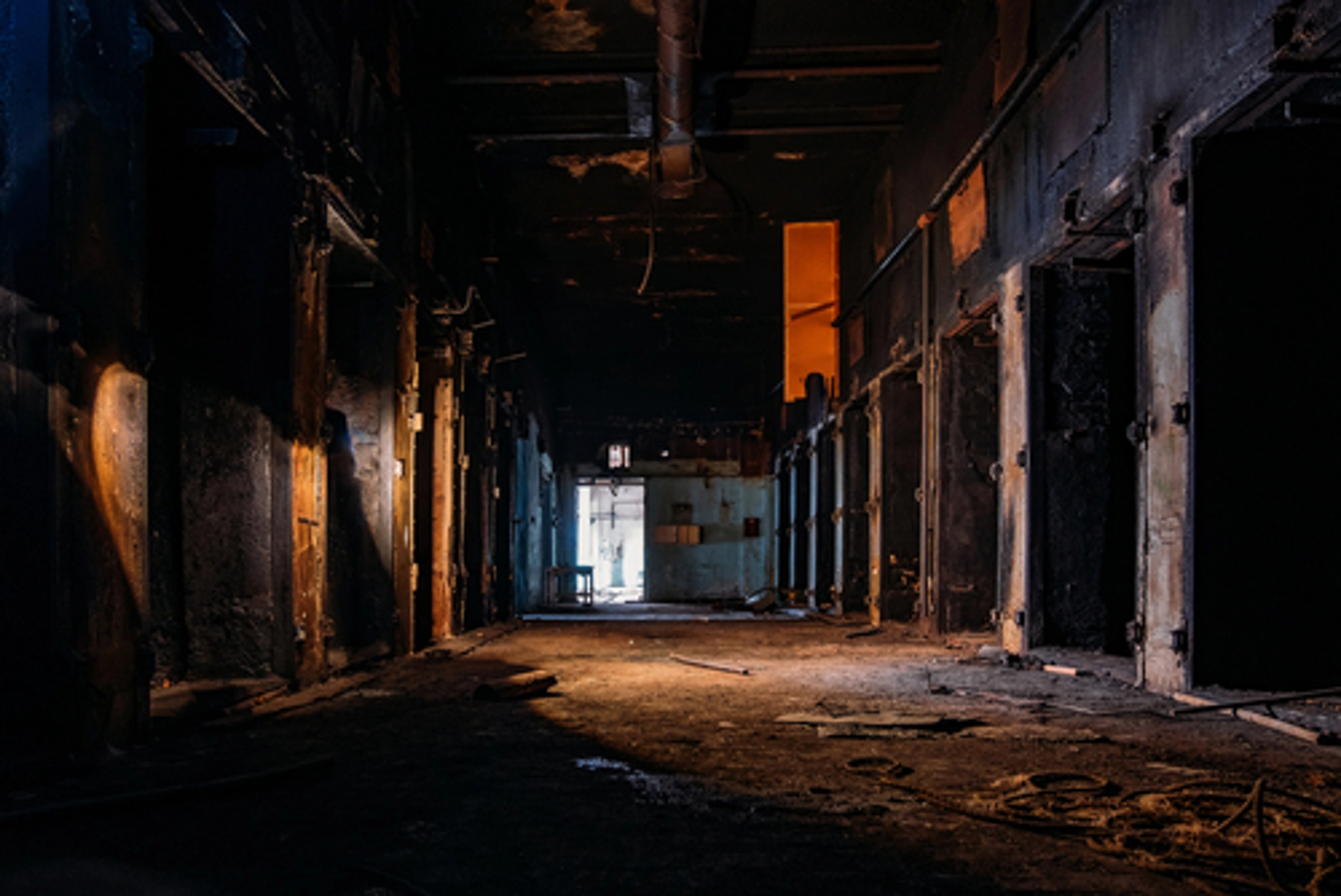
The importance of commercial fire safety can’t be overstated. Whether you manage a single commercial property or multiple industrial facilities, protecting against fire damage could mean the difference between successful operations or danger to life. Warehouses are particularly susceptible to fires since they often store large amounts of flammable materials.
Whether you’re researching proactive ways to protect your warehouse, or an abandoned building caught fire in your area, you must take steps to help ensure the safety and fire security of your property.
What is the Biggest Cause of Warehouse Fires?
The National Fire Protection Association states that in industrial properties, electrical distribution and lighting equipment fires most commonly cause blazes (accounting for 24% of fires), while in manufacturing properties, heating is at fault (accounting for 15% of fires).
According to the Nevada State Fire Marshal Division, other common causes of warehouse fires include careless smoking and storage practices (including storage of flammable liquid), extension cord issues, obstructed exits, hazardous electrical machinery, obstructed overhead doors, obstructed sprinklers, fire protection equipment that is not in service, separation and seclusion of hazardous materials, violation of fire separations, lift trucks operated by propane or gasoline, and items like oily rags, trash, and debris.
How Common are Warehouse Fires?
A Warehouse Structure Fires Report by the NFPA indicates that while the overall number of warehouse fires has fallen over the last several decades (for example, from 4,700 warehouse fires per year in 1980 to 1,100 in 2009), fire departments still respond to these events frequently (approximately 1,450 warehouse fires annually). Warehouse fires cause an average of $159.4 million in property damage, two deaths, and 20 injuries per year.
Classifying Products in Your Warehouse
Before evaluating safety procedures and fire security in your warehouse, you must assign storage items an appropriate commodity classification. (A “commodity classification” is a fancy way of saying that different items, containers, and pallets might be more flammable than others.) There are four classes of product, and three groups of plastic, ranging from noncombustible to flammable. It is imperative warehouses properly classify items and verify that products do not exceed the hazard level sprinklers were designed for. Visit the NFPA’s blog about commodity classifications to learn more.
How Can You Improve Fire Safety in Your Warehouse?
To help improve fire safety in your warehouse, a presentation on warehouse and retail fire safety from the NFPA states you should consider taking the following actions. First, once you know the hazard level of items being stored, consider installing robust ceiling sprinklers. Second, consider installing “in-rack” sprinklers that are placed very close to the fuel source itself (i.e. right beside shelving). Third, leave clear spaces between storage racks and aisles, so gases can rise toward the sprinkler. Fourth, stay cognizant of storage height and manage appropriately, making sure items aren’t placed inches beneath sprinklers.
For more information, download the NFPA’s Warehouse Fire Safety Fact Sheet.
How do you Protect Abandoned Buildings from Fires?
The U.S. Fire Administration details the following steps to help protect vacant or abandoned buildings from fires.
First, you should first monitor the property. This is because abandoned buildings that are not secure and have easy access points are susceptible to fires, set intentionally or otherwise. Additionally, consider boarding up the abandoned property and installing security features to monitor activity.
Further tips include an inspection of the abandoned property. Done by authorized personnel wearing protective clothing and carrying a flashlight and radio, it is helpful to evaluate the area for hazards. These can include standing water, vermin, trip and fall hazards, illegal activity, unstable structural damage, hazardous materials, and unauthorized occupants.
Additionally, consider “marking” the property, by adding a visual cue to firefighters that indicates the level of danger inside. For example, an abandoned building in Worcester, Massachusetts was marked with a large red X after six firefighters died inside. This “X” tells future emergency personnel the building is dangerous and should only be entered if there is a known life hazard. Otherwise, only exterior operations should be performed.
For more information, FEMA offers a helpful guide for download, “Basic Evaluation Procedures for Abandoned and Vacant Buildings.”
SERVPRO’s Fire and Reconstruction Services
Commercial construction and warehouse fire safety go together. With 24/7 availability, SERVPRO® offers residential construction and commercial construction services, including board-up and roof tarping. SERVPRO’s construction services can assist with any phase of the job, from pre-construction to post-construction.
SERVPRO’s goal is simple: return your property to pre-loss condition. But what is “pre-loss” condition, exactly? This is the state your home or business was in before any damage occurred. Using a variety of equipment and techniques, and with over five decades of experience across the system, SERVPRO franchise owners and technicians are Here to Help® and look forward to assisting you.
Available 24/7, SERVPRO is Here to Help®
Commercial warehouse fire safety is paramount to running a smooth operation, and having a plan in place in case of fire can make all the difference. In case of a commercial fire, your local SERVPRO is prepared to clean, remediate, and rebuild after damage. Providing full-service work from beginning to end is one of the benefits of working with SERVPRO, since you won’t have to deal with the stress and potential headache of managing multiple teams. Let SERVPRO be your one-stop shop for commercial warehouse fire cleanup. Operating year-round, including weekends and holidays, SERVPRO aims to make it “Like it never even happened.” Find your local SERVPRO franchise today and reach out anytime.